Growing Popularity of Plant-Based Diets
The rise of plant-based diets and the increasing interest in vegan and vegetarian lifestyles are contributing to the expansion of the Reduced Fat Butter Market. As more consumers adopt these dietary preferences, there is a growing demand for alternatives that align with their values. Reduced fat butter products that incorporate plant-based ingredients are becoming more prevalent, catering to this demographic. Market analysis indicates that the plant-based segment is experiencing rapid growth, which is likely to influence the development of reduced fat butter options. This trend suggests that the Reduced Fat Butter Market may see a diversification of its product offerings to include plant-based alternatives.
Increased Focus on Nutritional Labeling
The emphasis on nutritional labeling and transparency in food products is influencing consumer choices in the Reduced Fat Butter Market. As consumers become more informed about the nutritional content of their food, they are more likely to opt for products that provide clear and concise information. Reduced fat butter products often highlight their lower fat content, making them attractive to health-conscious buyers. This trend is supported by data indicating that consumers are willing to pay a premium for products that offer better nutritional profiles. Consequently, the focus on labeling is likely to drive growth in the Reduced Fat Butter Market as brands adapt to meet consumer expectations.
Health Trends Favoring Reduced Fat Options
The increasing awareness of health and wellness among consumers appears to be a primary driver for the Reduced Fat Butter Market. As individuals become more health-conscious, they tend to seek alternatives that align with their dietary preferences. This trend is reflected in the growing demand for reduced fat products, which are perceived as healthier options compared to traditional butter. According to recent data, the reduced fat butter segment has experienced a notable increase in sales, indicating a shift in consumer behavior towards lower-fat alternatives. This shift is likely to continue as more people prioritize their health, thereby propelling the growth of the Reduced Fat Butter Market.
Influence of Culinary Trends and Social Media
Culinary trends and the impact of social media on food choices are shaping the Reduced Fat Butter Market. The rise of food influencers and cooking shows has led to an increased interest in healthier cooking methods and ingredients. As consumers are exposed to various recipes and cooking techniques online, they are more inclined to experiment with reduced fat butter in their culinary endeavors. This trend is supported by data showing that social media platforms are driving food trends, leading to a surge in demand for reduced fat options. Consequently, the influence of culinary trends and social media is likely to continue to propel the growth of the Reduced Fat Butter Market.
Rising Demand for Versatile Cooking Ingredients
The versatility of reduced fat butter in various culinary applications is another significant driver for the Reduced Fat Butter Market. Consumers are increasingly looking for ingredients that can be used in a wide range of recipes, from baking to cooking. Reduced fat butter serves as a suitable substitute for traditional butter, providing flavor while offering lower fat content. This adaptability is appealing to both home cooks and professional chefs, contributing to its rising popularity. Market data suggests that the culinary sector is increasingly incorporating reduced fat butter into their offerings, further enhancing its presence in the Reduced Fat Butter Market.


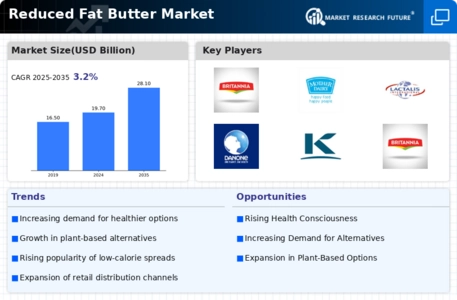
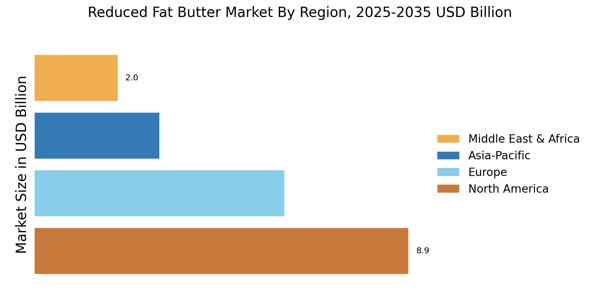
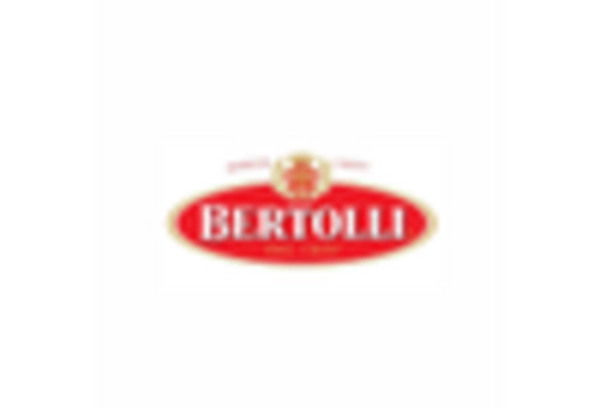

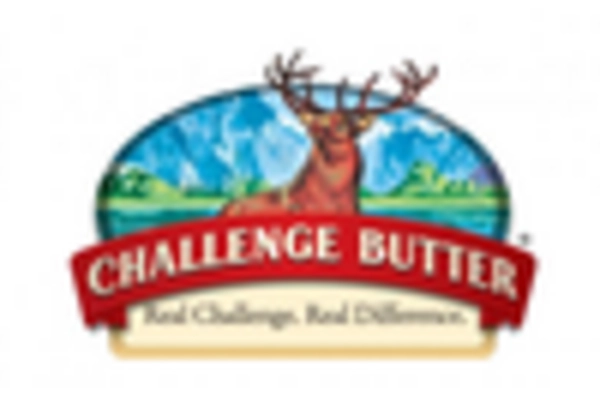

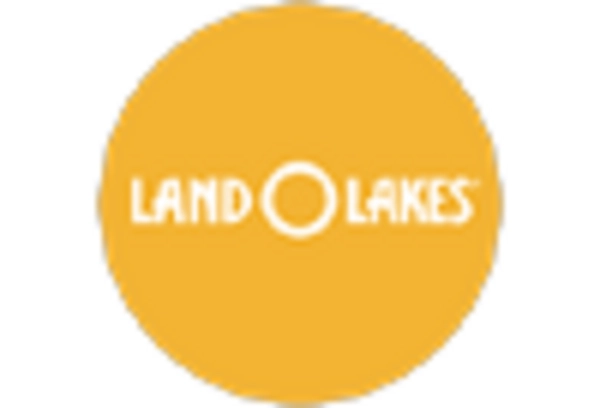
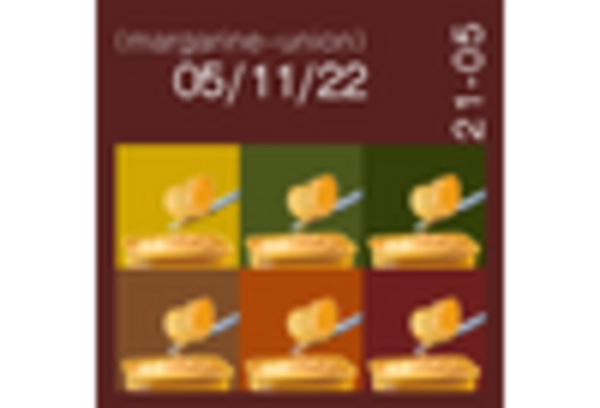








Leave a Comment